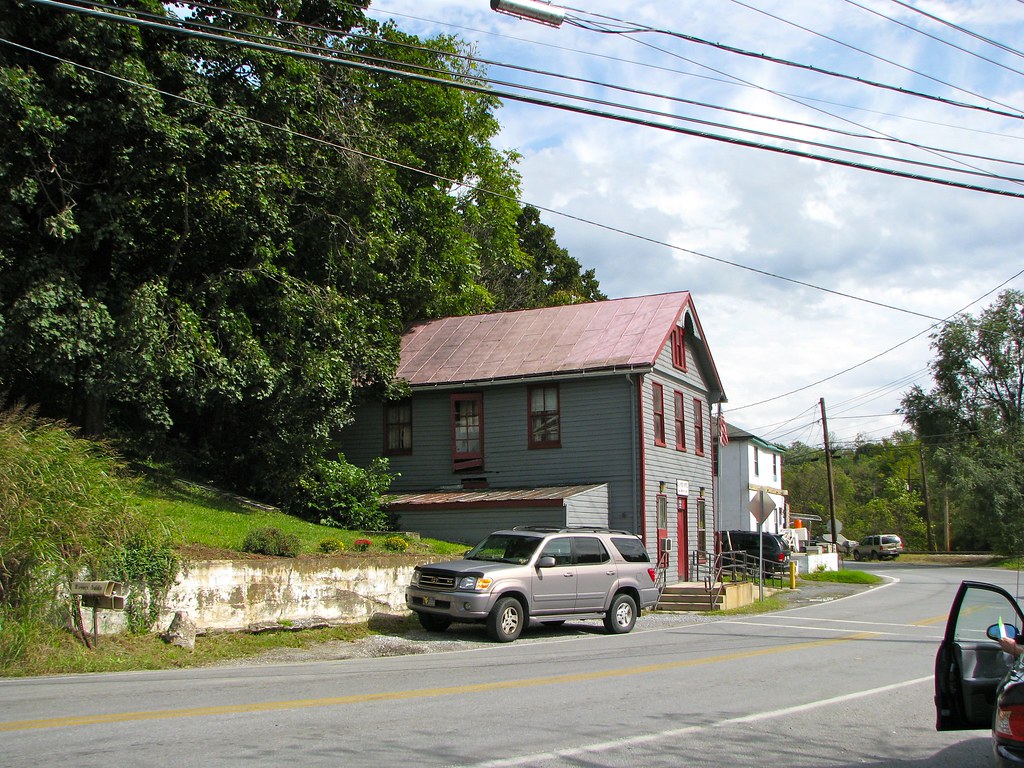Rural Free Delivery, often distilled down to its recognizable initials RFD, is a cornerstone principal of postal service in the United States. It is an element we take for granted. Mail will be delivered to every corner of the nation at a reasonable price that does not penalize citizens for living in rural areas. However it was not always this easy.
Filling a Need
The National Postal Museum website includes a good video overview of the early days of the Rural Free Delivery system. I wish I could embed the video here but they don’t provide that option. So you’ll need to follow the link and return if you wish to view it on your own. Otherwise keep reading and I’ll describe the situation less elegantly although probably quicker.
People living in rural areas in the latter decades of the 19th Century complained bitterly that they received second-class treatment at the hands of the Postal Service. They had to travel to distant post offices or hire private carriers to deliver their mail to them personally. Consider that this was an era when few other forms of long-distance communication were readily available.
The Grange picked up this banner and pushed vigorously on behalf of its farming constituents. It was an issue of fairness and equitability that eventually overcame considerable worries about cost.
The first routes appeared in 1896 and the program went nationwide within a few years. I remember growing up in a rural corner of Virginia served by RFD. Our address was Route 3 Box 372 as I still remember. It didn’t change until the 1980’s when the small towns nearby transitioned to street addresses.
Cultural Touchstone
The initials “RFD” have become iconic and practically synonymous with rural stereotypes, both positive and negative, completely independent of a postal service context.
For example:
- There is a cable/satellite channel called RFD today that bills itself as “Rural America’s Most Important Network”. I’ve noticed it a few times as I’ve flipped through the channels. It features both nostalgic and contemporary programming for that particular demographic.
- There was also once a television show called Mayberry R.F.D. It spun off from the old Andy Griffith show, appearing in the late 1960’s. That’s a bit before my era of television awareness but I do remember catching reruns in latter years.
Besides bringing reliable, reasonably-priced postal delivery throughout the nation, RFD also aligned with the Good Roads Movement. Postal deliveries were inhibited by the terrible system of roads that existed as the nation approached the 20th Century. It definitely helped the cause to have a large, taxpayer-funded organization sharing similar goals, focusing on road improvements.
RFD in West Virginia
The average Twelve Mile Circle reader is probably wondering why I’ve focused entirely upon history instead of geography. Isn’t 12MC supposed to be “An Appreciation of Unusual Places?” Why, yes it is. Thank you for asking. I presented all of this backstory to highlight my visit to the birthplace of RFD.
My Visit
I never knew about West Virginia’s pioneering role in the Rural Free Delivery system before my recent visit. Naturally I consulted the Jefferson County Historical Society website for some ideas before my trip. There I came across this interesting tidbit:
“It was the nation’s Postmaster General William Wilson who finally delivered on [RFD]. Wilson was serving as Postmaster in Cleveland’s administration when he picked Jefferson County to be the first in the nation to experiment with the system. It didn’t hurt that Wilson was a native son of the Jefferson County town of Charles Town. On October 1, 1896, five carriers began delivering mail in the region. Three operated out of Charles Town and one each from Halltown and Uvilla.”
It was easy to swing a little out of the way to visit one of those five initial post offices. So I stopped at Halltown to record where RFD first began.

Qualifiers
Let’s cover the caveats though, because there are a bunch of them.
- The five original routes began in West Virginia but the idea originated elsewhere.
- RFD routes arrived at select locations in several other states (Indiana, Maryland, Missouri, New York, Ohio) only two weeks later, on October 15, 1896.
- The current Halltown post office is “old” for sure. However, I can’t determine if it’s the same building that served as a post office in 1896.
Thus, I’d have to conclude that Jefferson County’s claim regarding the first RFD route is about as solid as their claim to the first steamboat. It’s a fun little fact but I’m not sure if it holds much meaning.
BUT I WAS THERE!!!

Leave a Reply